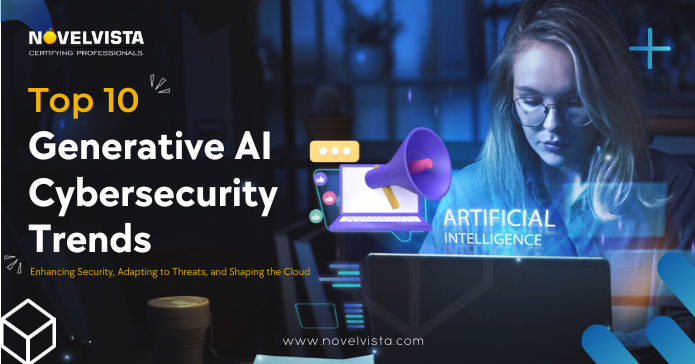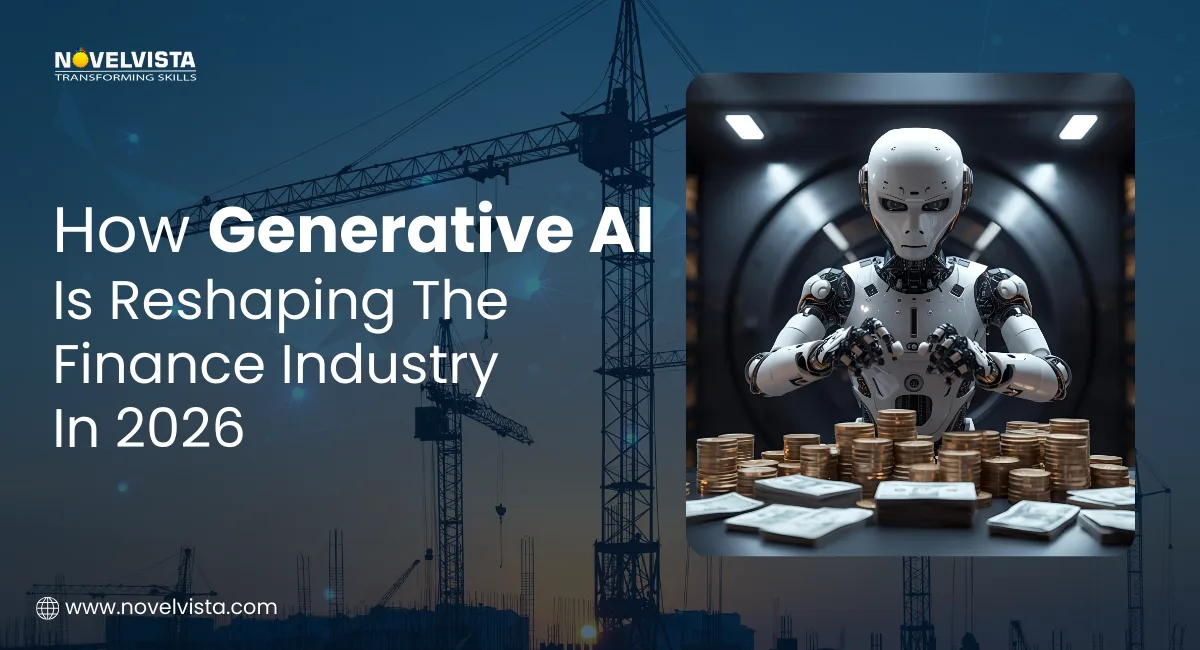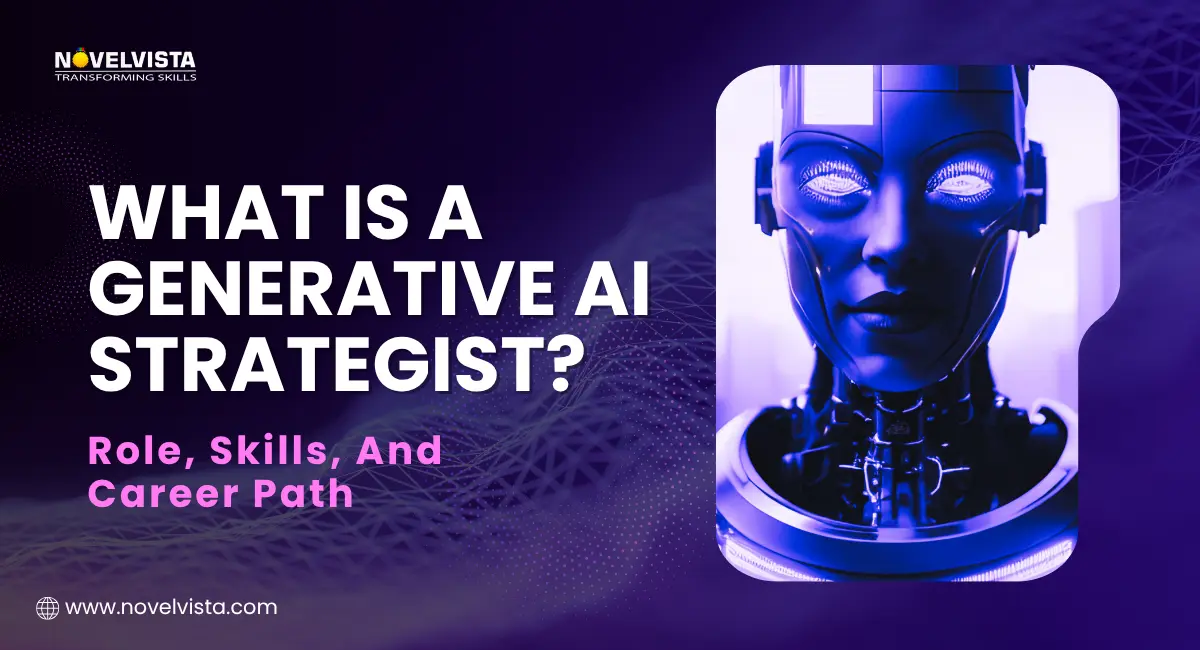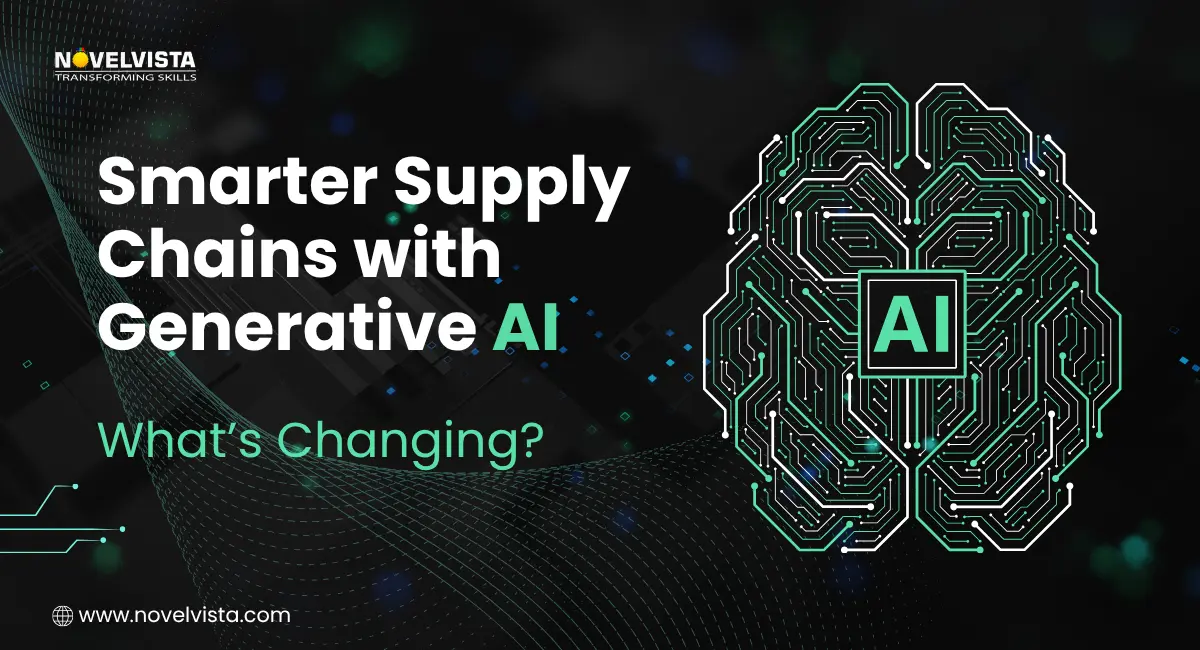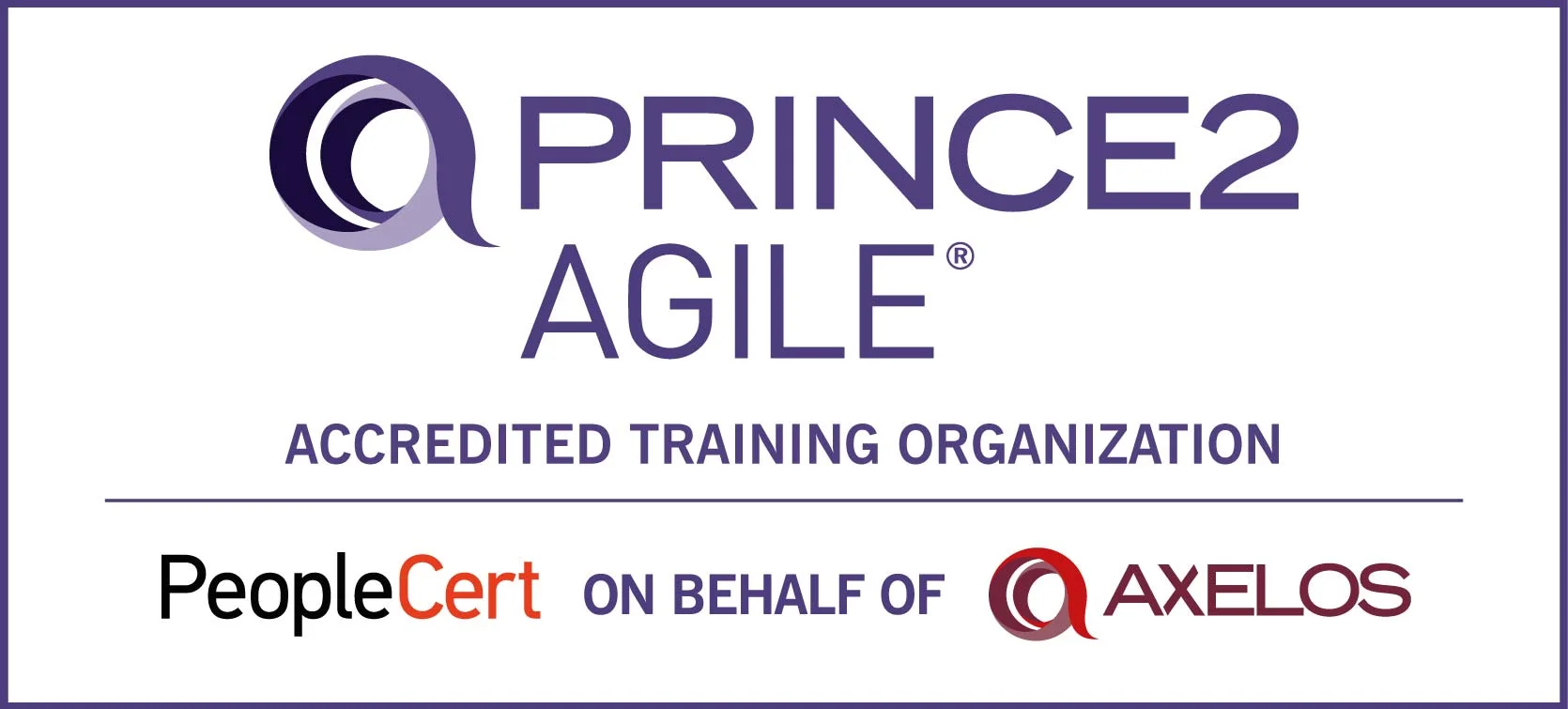The year 2024 is coming in two months, and if you are planning to make your career in the Cybersecurity field, then you should not miss out on the latest trends in Generative AI Cybersecurity. The jobs are now expanding and growing fast due to Artificial Intelligence, and there is no surprise the revolution has already started a long ago.
Generative AI in Cybersecurity is known as the effective use of AI and its models, like Generative Adversarial Networks and Generative Pre-trained Transformers, to enhance different approaches to Cybersecurity. You should check our Generative AI in Cybersecurity Training Course to get to know more about the topic.
Highlights
- Recent years have seen a surge in technological advancements, with cyber threats following suit.
- In 2024, Cybersecurity will be a strategic priority, no longer confined to IT.
- Cybersecurity professionals will tackle more complex tasks in 2024 due to evolving threats.
- Governments and organizations recognize the risks to national security and economic growth from cyber threats.
- Research shows that using AI-powered privacy techniques cuts data exposure risk during model training by 60%.
Following are the top uses of Gen AI for Cybersecurity:
The graph below shows that Cybersecurity benefits from the incorporation of Artificial Intelligence technology to streamline intricate procedures and enhance dependability, safety, and autonomy. In 2020, the AI Cybersecurity market was valued at more than ten billion U.S. dollars, and it was projected to surge to 46.3 billion U.S. dollars by 2027.
Latest Top 10 Trends of Gen AI in Cybersecurity
1. AI Cloud and Security Will Become Top Priority
In today's era, Generative AI models are transforming various industries, such as healthcare and finance, and their connection with cloud computing is inevitable. These models demand substantial computational power and specialized hardware, which the cloud provides. However, this fusion of Gen AI and the cloud also poses complex security concerns that organizations must address. Prioritizing AI, the cloud, and security is not just a trend; it's a significant shift reshaping Cybersecurity. Gen AI models require powerful cloud-based resources, especially GPUs, for efficient training, enabling faster innovation and better AI deployment.
2. Proliferation of Gen AI-powered Cybersecurity Tools
* Threat Detection and Response:
In the realm of Cybersecurity, Gen AI elevates the game significantly by introducing proactive capabilities. Unlike traditional systems that rely on historical data and known attack signatures, Gen AI-powered tools can anticipate new threats based on emerging data patterns and unusual user behaviour. This allows for a more forward-looking defense strategy, enabling organizations to thwart threats before they escalate.
* Application Security and Vulnerability Analysis:
Generative AIis fundamentally changing the way everyone addresses this field. In contrast to conventional tools that depend on fixed sets of rules and signatures to detect vulnerabilities, Gen AI-driven tools provide the benefit of real-time code analysis. These tools can adapt to emerging patterns and proactively pinpoint security threats, presenting a much more dynamic and forward-thinking approach to application security.
* AI Bias Detection and Fairness:
This is an emerging yet increasingly crucial area, given the inherent risk of bias in AI models. Tools in this field are designed to identify and mitigate biases in training data and model outcomes. This imperative is not only ethical but also essential for ensuring the reliability and trustworthiness of the AI systems in question.
* Data Privacy and Security of Large Language Models (LLMs):
Generative AI's influence in this domain is substantial. Given that Gen AI is frequently used in Natural Language Processing (NLP) applications, many of which involve sensitive or personally identifiable data, data privacy becomes a critical concern. Cybersecurity tools in this category utilize advanced techniques such as data leak identification, encrypted data analysis, differential privacy, and secure multi-party computations to protect both data and models.
* Gen AI Governance and Compliance:
Especially crucial in highly regulated industries, these tools introduce a new layer of complexity to compliance efforts. The utilization of Gen AI can present various ethical and regulatory challenges. Tools in this field harness Gen AI to automatically monitor compliance with multiple legal frameworks and internal policies while also forecasting potential future regulatory challenges. This proactive approach allows organizations to stay ahead of potential legal issues.
* Observability and DevOps:
Generative AI is also making significant progress in this area. Tools in this category provide real-time insights into system behaviour and adapt dynamically to changes, enhancing security responsiveness and Resilience. In the context ofDevOps, Gen AI facilitates the automation of numerous security tasks, thus accelerating development cycles without compromising security.
3. Generative AI brings security opportunities and pronounces threats.
Generative AI and machine learning are elevating cyber-attacks pressuring companies. They enable sophisticated attacks like deep fakes and evolving malware, jeopardizing systems. Enterprises must employ AI-driven Cybersecurity to battle these threats.
This tech can revolutionize the industry by enhancing security through automated configurations, addressing micro-segmentation issues, refining access controls, improving reporting, and more. It enhances security operations by identifying false positives with supervised machine classification, detecting advanced attacks like DNS tunneling via machine learning payload and traffic analysis, and discovering new threat samples using deep-learning classification models.
4. Cyber Resilience
Two factors are mainly used interchangeably, known as cyber security and cyber Resilience. However, the distinction will become extremely important during 2024 and beyond. As the concentration of Cybersecurity is on preventing and reducing attacks, the increasing value placed on Resilience with the help of different businesses reflects the hard truth, which is even the best security can't guarantee 100% safety. Resilience measures the designed factors to make sure the continuity of operations even in the wake of a successful breach. Implementing the capability to recover the agile approach while reducing data loss and downtime will be a strategic priority in 2024.
5. Expanding Attack Surface to Edge Devices and Endpoint AI Models
Security threats grow as technology develops and data processing shifts to the periphery of the network. Potential risks now affect a wide variety of products, from smart thermostats to driverless cars, and are not only restricted to large cloud providers or business networks.
For edge contexts, security solutions that work well must combine robustness and lightweight-ness so they may function well on devices with little computing power. These solutions must be easily integrated with wider edge computing frameworks, which calls for an all-encompassing security approach. This approach addresses edge devices as well as data pipelines, user interfaces, and algorithms while emphasizing data privacy and compliance via data masking and encryption.
Securing the edge isn't solely a technical challenge; it's also an organizational one. Security needs to be ingrained in the corporate culture, emphasizing shared responsibility across all stakeholders, from developers crafting edge AI models to operational teams deploying and managing edge devices. To foster this culture, security training and awareness programs should be implemented to educate staff on best practices for maintaining endpoint security in edge environments.
6. Spotlight on Cyber with Increased Concentration on Emphasizing Pressure on CISO Role
Because of the growing cyber-attacks and other opportunities for breaches, it would be expected for C-Suite to become increasingly included in cyber risk related decisions. With the maximize executive accountability and heavy fines for violations, boards will concentration on cybersecurity often and it could take different actions such as generating dedicated cybersecurity committee or get connected with external stakeholders.
7. Increasingly sophisticated cyber-attacks with the help of Generative AI
The growing cyber-attacks leveraging the Generative AI approaches and techniques which presents the perplexing dichotomy whereas, Gen AI improves thecybersecurity measuresthat amplifies the toolsets available for malicious actors. Here, FraudGPT and WormGPT are the tools which have surfaced on the dark web.
It demonstrates how malicious actors might weaponize generative AI models in order to do harm if appropriate precautions are not in place. To sum up, WormGPT facilitates the creation of plausible social engineering attacks by cybercriminals, increasing the danger of phishing attempts and placing individuals and companies at higher risk of penetration. Because of its misuse potential, there is grave security risk.
8. Generative AI has concentrated on both sides of the battle.
As artificial intelligence rapidly grows in complexity at a frankly alarming rate, professionals will continue to see more sophisticated and intelligent AI-powered attacks. It will range from deepfake social engineering attempts to automated malware that intelligently evades detection. Simultaneously, it will help professionals detect, avoid, and neutralize threats due to accurate time anomaly detection, smart authentication, and automated incident response. In the coming year, if cyber-attack and defense are the game of chess, then AI is the queen, which contains the ability to generate powerful strategic benefits for any business that makes effective use of it.
9. Upgraded Phishing Attacks
The attacks of social engineering include misleading users into giving attackers access to systems, which also has the potential to increase in sophistication. Generative AI like ChatGPT tools enable more attackers to make more intelligent, personalized methods and approaches, and deepfake attacks will become increasingly prevalent. The response to these factors will largely revolve around business awareness and education, even if AI will play a vital and growing role.
10. Cyber Security Regulation
Businesses and other industries now becoming strongly aware regarding the risks to national security and to economic growth posed by cyber threats. The emergence of new regulations regarding cybersecurity issues is significantly influenced by the potential social and political consequences of extensive data breaches. The industries and companies operating in the United Kingdom have a deadline until April 2024 to ensure their compliance with the Product Security and Telecommunications Act. This legislation outlines the minimum security standards that networked products must meet, including not shipping them with default passwords.
Conclusion
Generative AI transfers the world in each possible way as we know it, and it provides innovative solutions. Now, we are heading to 2024; the above-explained emerging trends in Generative AI in Cybersecurity promise to reshape the industries while contributing to more versatile and efficient security measurements. The use of AI in cybersecurity is essential and helps to improve IT security performance at an intense level. It brings easy analysis and threat identification, which help security professionals reduce breach risks, direct incident response, and identify malware attacks before they occur.
Uncover the Key AI-Driven Trends Revolutionizing Cybersecurity in 2025
Author Details

Akshad Modi
AI Architect
An AI Architect plays a crucial role in designing scalable AI solutions, integrating machine learning and advanced technologies to solve business challenges and drive innovation in digital transformation strategies.
Confused About Certification?
Get Free Consultation Call

